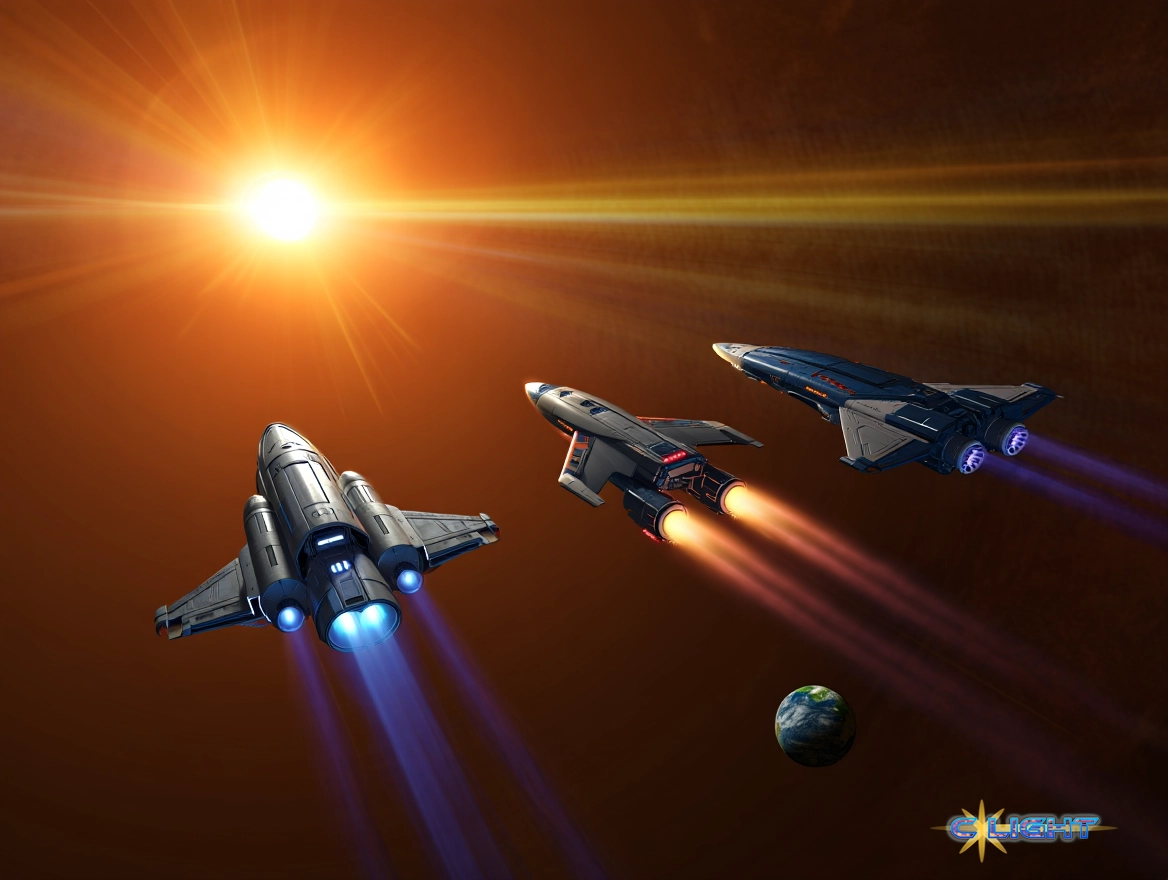4 minutes read time.
In a remarkable display of collaborative science, NASA and the National Oceanic and Atmospheric Administration (NOAA) successfully launched a trio of ambitious new spacecraft on Wednesday, inaugurating a new era in our understanding of the Sun and its profound, often disruptive, influence on our solar system. Lifting off from Kennedy Space Center in a cosmic carpool aboard a single SpaceX Falcon 9 rocket, the missions are designed to provide unprecedented insight into the phenomenon known as space weather—the continuous stream of particles and energy flowing from the Sun that can generate beautiful auroras but also wreak havoc on our technologically dependent society. This new fleet represents a critical upgrade to America’s space-weather readiness, aiming to safeguard everything from terrestrial power grids to future astronauts on the Moon and Mars.
SOLAR-1: A 24/7 Sentry Against Solar Storms
At the forefront of this new initiative is NOAA’s SWFO-L1 satellite, which will be known as SOLAR-1 once it reaches its stable orbit. It is the first spacecraft ever to be dedicated to 24/7 operational monitoring of the sun for NOAA, a significant step up from previous research-based missions. Stationed a million miles from Earth at Lagrange Point 1, SOLAR-1 will act as a permanent, unobstructed sentry, watching for solar storms and providing critical early warnings.
The satellite’s primary instrument, a coronagraph, will deliver imagery of solar eruptions, known as coronal mass ejections, within 30 minutes of an event. This is a massive improvement over the eight-hour delay of its aging predecessors, giving authorities on Earth crucial extra time to prepare. “It’s going to spot solar storms within minutes, so we at the Space Weather Prediction Center can help keep the lights on, planes flying, and satellites safe,” said Clinton Wallace, the center’s director. This enhanced forecasting is vital, as a powerful solar storm can disrupt power grids, radio communications, GPS, and satellite operations. With Earth overdue for a major solar event, NOAA is also revamping its communication strategies to better deliver specific, understandable alerts to grid operators and other end users.
IMAP: Charting the Solar Neighborhood
The second spacecraft in the trio, NASA’s Interstellar Mapping and Acceleration Probe (IMAP), has been likened to a celestial cartographer, tasked with a mission of cosmic discovery. Its primary goal is to create the first comprehensive map of the heliosphere, the vast magnetic bubble created by the solar wind that shields our solar system from harmful galactic radiation and helps make life on Earth possible.
Carrying a suite of 10 advanced instruments, IMAP will continuously sample particles moving through the solar system, both those streaming outward from the Sun and those coming from interstellar space. This data will not only help us understand our place in the galaxy but also provide practical benefits. The probe will constantly relay space weather data to Earth, which can deliver warnings of harmful radiation storms to astronauts on the Moon roughly 30 minutes ahead of time—faster than any previous spacecraft. One of its instruments, a massive dust detector, is also expected to capture and analyze more interstellar dust in its first year than “humanity has made so far in the history of spaceflight,” according to the mission’s principal investigator, Dave McComas.

Carruthers: Unveiling Earth’s Invisible Halo
The final mission, NASA’s Carruthers Geocorona Observatory, will turn its gaze back toward our own planet to study an invisible but critical feature first imaged by Apollo 16 astronauts in 1972: the geocorona. This vast halo of hydrogen atoms extends from Earth’s outer atmosphere to beyond the orbit of the Moon and acts as a crucial first line of defense against solar storms, absorbing and dissipating their energy.
Despite its importance, the geocorona remains poorly understood. The Carruthers Observatory, named for the pioneering scientist Dr. George Carruthers, who built the original Apollo 16 instrument, will use two powerful ultraviolet cameras to continuously image this halo. By turning these images into movies, scientists will be able to watch in near real-time how the geocorona changes and recovers when a solar storm hits Earth, revealing its role in protecting our planet. “This insight will be critical as we prepare for future missions to the Moon and Mars,” said acting NASA Administrator Sean Duffy, highlighting the mission’s importance in the endeavor to “keep America first in space”.
Together, these three missions represent a profound leap forward in heliophysics. Over the next four months, they will journey to their distant outpost, ready to begin their work of decoding the secrets of our star and safeguarding our interconnected world.
Discover more from Clight Morning Analysis
Subscribe to get the latest posts sent to your email.










